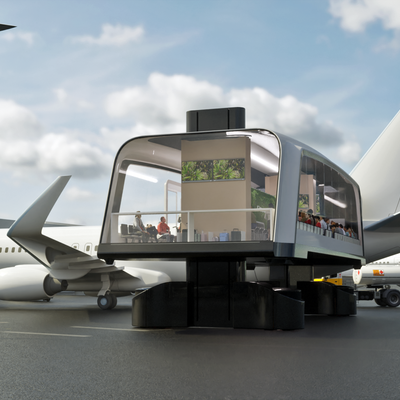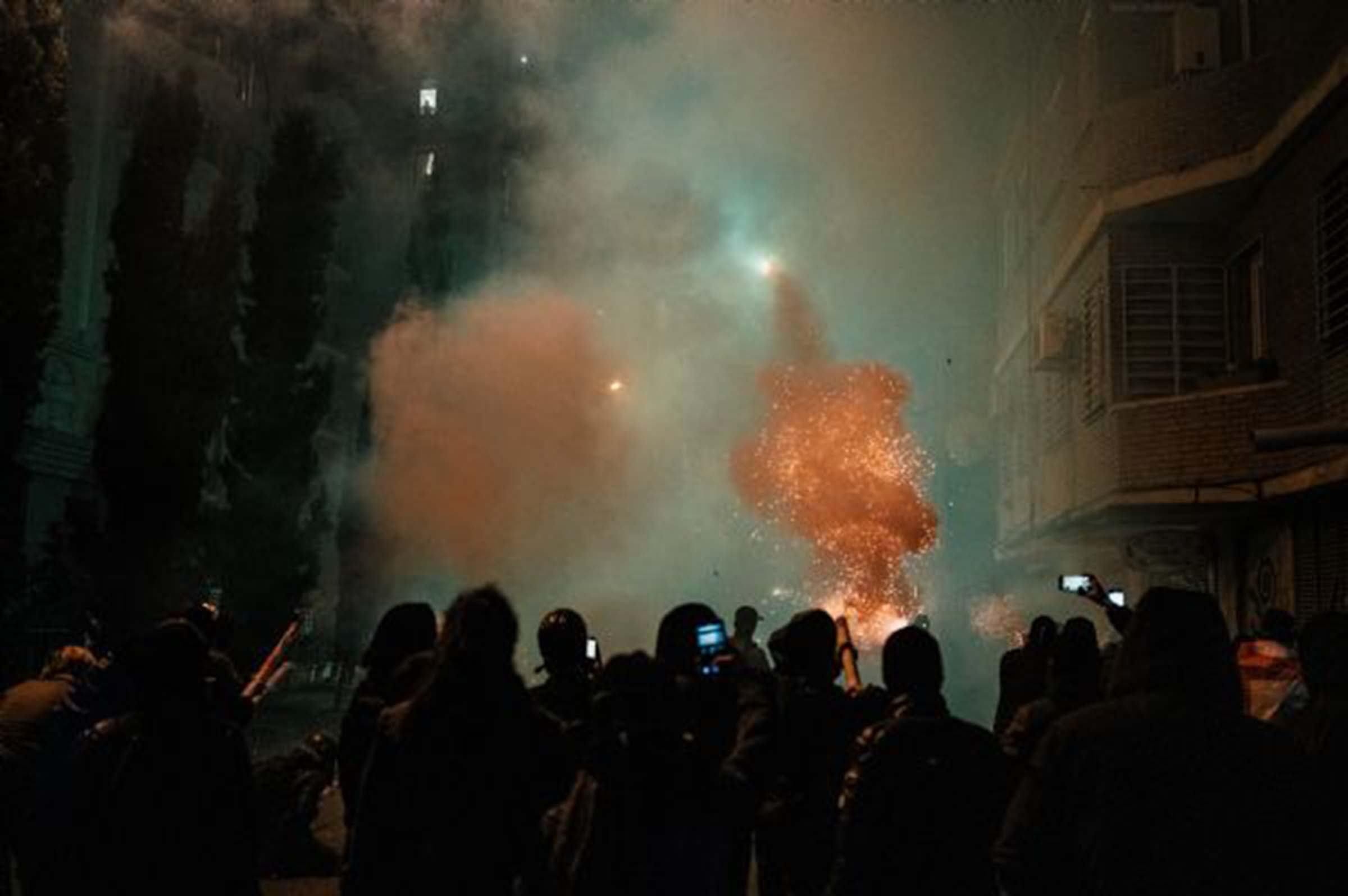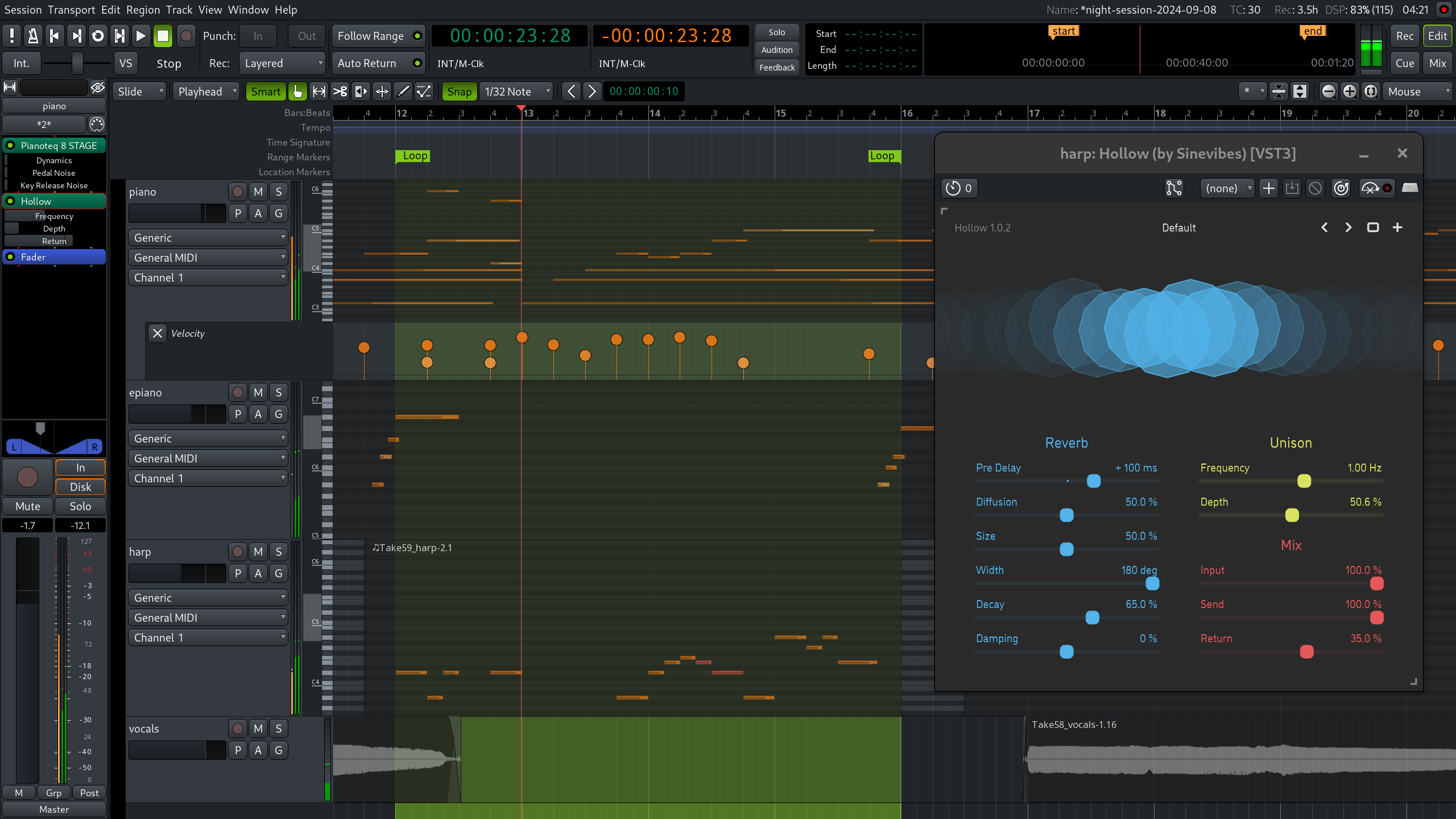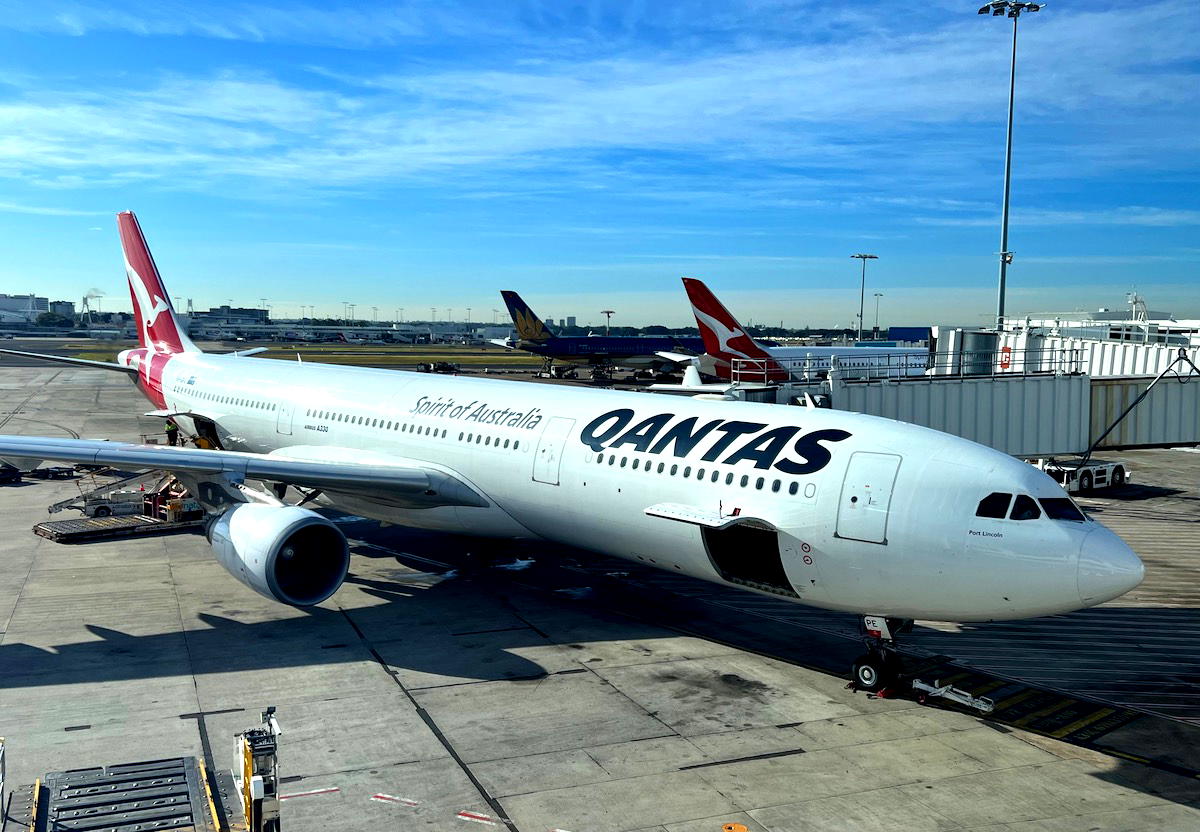Air France 777 Flying From Tokyo To Paris Diverts To Anchorage
An Air France jet flying from Japan to France diverted to the United States. That’s not something you’d usually expect to see, but it gets at the complications of airspace closures. I want to provide an update, as I’ve been curious about how the logistics would be handled.

An Air France jet flying from Japan to France diverted to the United States. That’s not something you’d usually expect to see, but it gets at the complications of airspace closures. I want to provide an update, as I’ve been curious about how the logistics would be handled.
Air France 777 diverted to Anchorage in middle of the night
Air France operates a daily flight between Paris (CDG) and Tokyo (HND) with a Boeing 777-300ER. Generally speaking, this flight operates eastbound in both directions, essentially flying across the globe. Why?
Of course you’d expect the Paris to Tokyo flight to operate eastbound, since that’s the shortest distance. But why does the flight from Tokyo to Paris also operate eastbound? Due to the closure of Russian airspace and the detours that are required, it’s more efficient to just fly eastbound and cover more miles with a strong tailwind most of the way, rather than flying westbound with a strong headwind.
So below is what the typical routing looks like from Tokyo to Paris.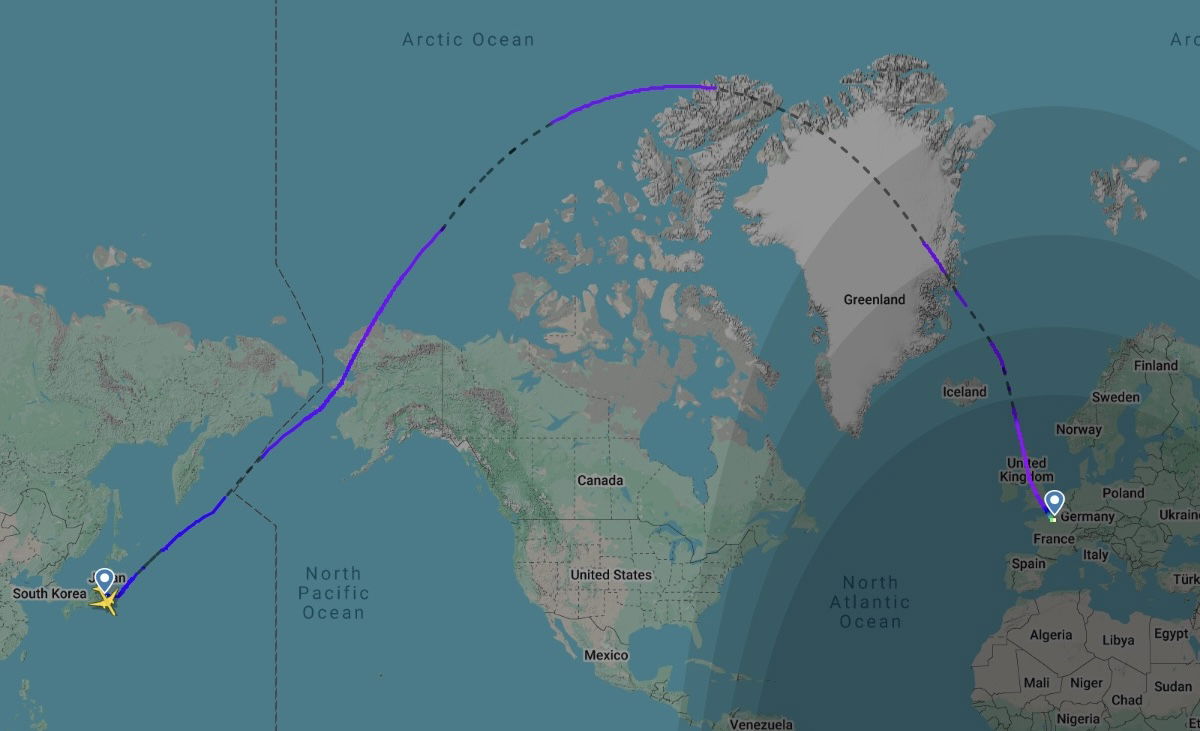
Yesterday (Wednesday, April 9, 2025), this flight had a bit of an issue, and the logistics sure have been complicated. This flight was being operated by a 19-year-old jet with the registration code F-GSQM. Air France flight 187 departed Tokyo on-time, taking off at 9:01AM. It was supposed to operate the roughly 14-hour journey, though that’s not how things worked out.
The plane started flying northeast, traveling over the Bering Sea, then Alaska, and then over the Arctic Ocean. Unfortunately just under 7.5 hours after takeoff, the aircraft changed its course in order to divert. This was reportedly due to a medical emergency.
As you’d expect, diversion points in this part of the world are limited, so the plane started flying south, with the decision being made to divert to Anchorage (ANC). The plane touched down there at 2AM local time on Wednesday, almost exactly 10 hours after it departed Tokyo.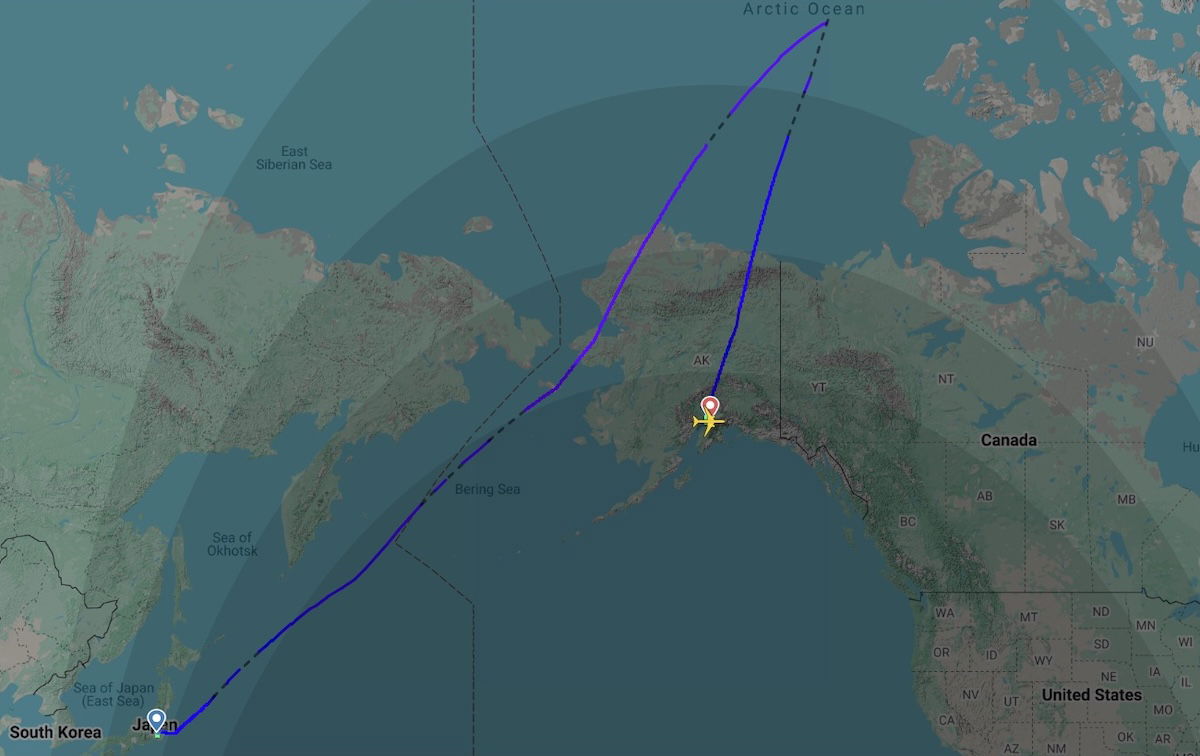
Since this was a medical diversion, I of course hope that the person impacted is okay, as that’s the most important thing.
As an aviation geek, I must say that this has to be one of the cooler diversions out there. Imagine you’re on the flight, and you text your family in France “see in you in 14 hours.” Then 10 hours later, you’re like “hi from Anchorage.” It might take them a second to process that.
In fairness, we’ve seen diversions to much more remote destinations, like to airports in rural Russia, the Canadian Arctic, etc.
What happened when the flight arrived in Anchorage
At first I wondered if it was just a quick medical diversion and a passenger would be dropped off and the flight would continue, but that’s not how things played out. I don’t know the exact details of Air France’s pilot contract, but I suspect that once a plane’s doors open, the crew times out, at least for a sector of this length (this is Air France’s longest flight).
As you’d expect, the logistics were kind of complicated:
- Air France of course has no staff in Anchorage, as the airline doesn’t operate regularly scheduled service there, so support needed to be handled by a third party (maybe Delta, if they had any agents there in the middle of the night)
- Presumably many passengers traveling between Japan and the European Union aren’t authorized to enter the United States, so that added a layer of complexity to allowing them to leave the airport and get a hotel
At least this didn’t happen during the dead of winter (when it’s painfully cold), or in the middle of summer (where finding spare hotel rooms would be very difficult).
So, how is this now playing out? The plane ended up spending well over 24 hours on the ground in Anchorage, presumably to allow for minimum crew rest, prior to continuing the journey. Apparently it ended up taking hours for some passengers to clear immigration, given the entry requirements for the United States, plus limited immigration officers.
The aircraft finally ended up taking off from Anchorage this morning at 10:44AM local time, and it’s expected to land in Paris shortly after 5AM tomorrow, Friday, April 11, 2025. Given that the plane was initially was supposed to land at 4:35PM on Wednesday, that means the flight will have been delayed by a little over 36 hours.
I believe the flight was initially supposed to leave from Anchorage a little earlier this morning. However, it was logical to wait for a few hours, so that the flight would arrive in the morning, prior to the first bank of flights. Otherwise the aircraft would’ve arrived in Paris in the middle of the night, making for even more frustration for connecting passengers.
I suspect the La Premiere catering on this flight might be just a little bit below the typical standard.























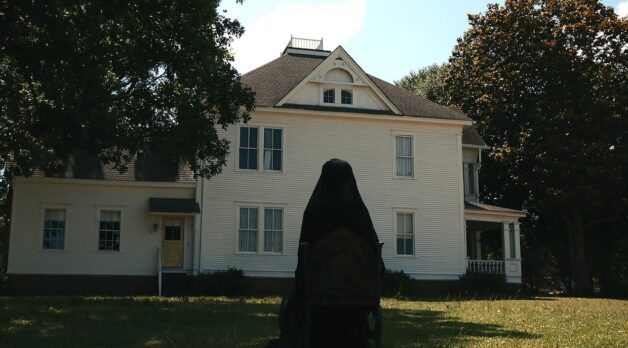








































































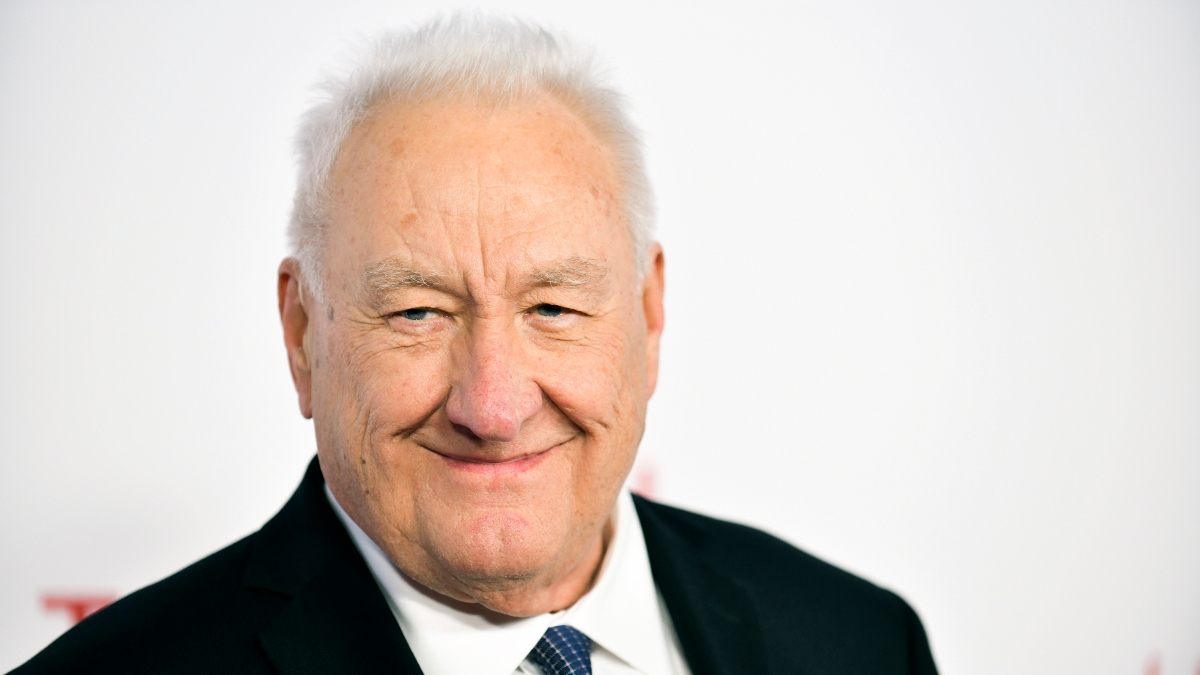












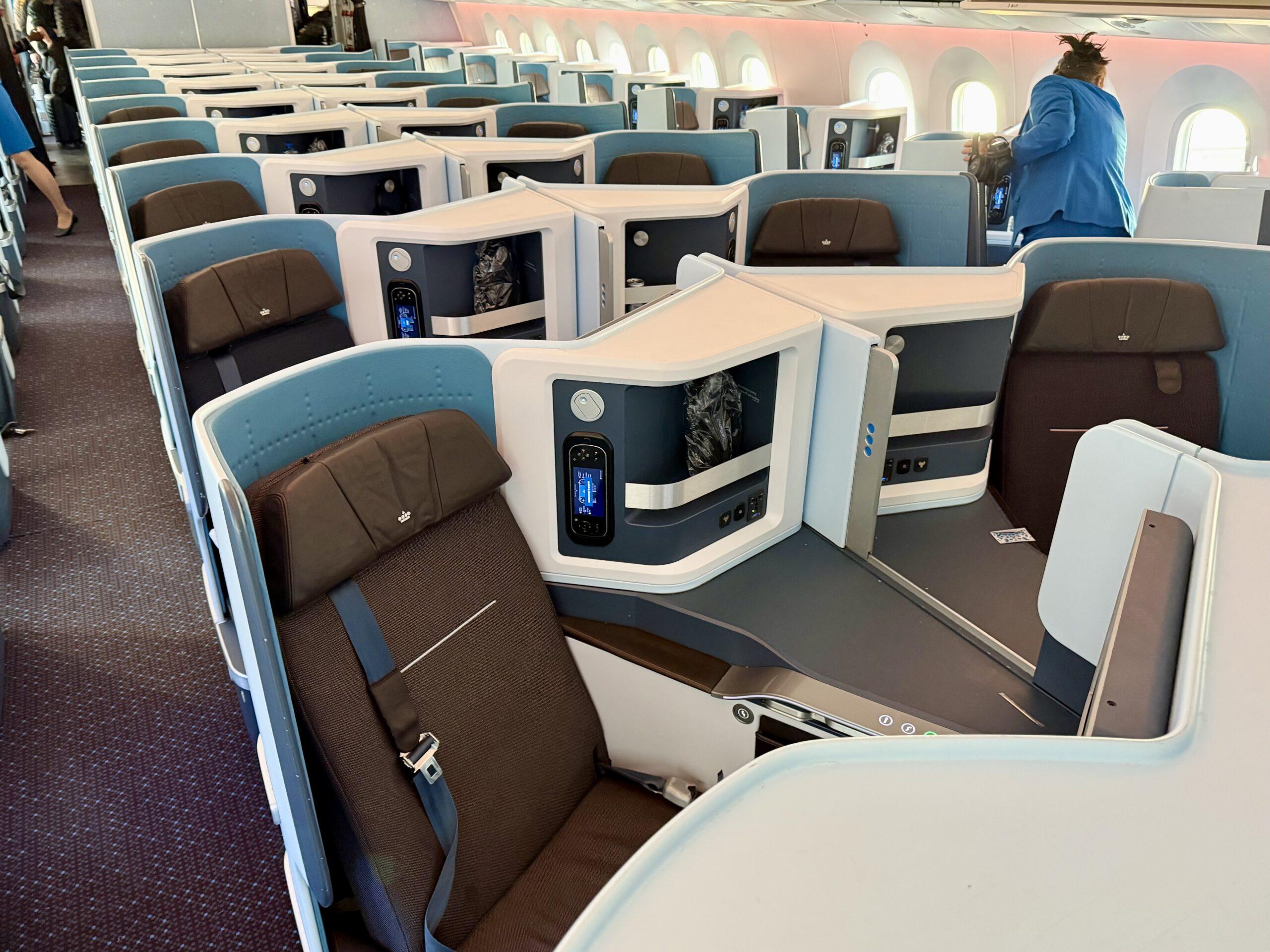
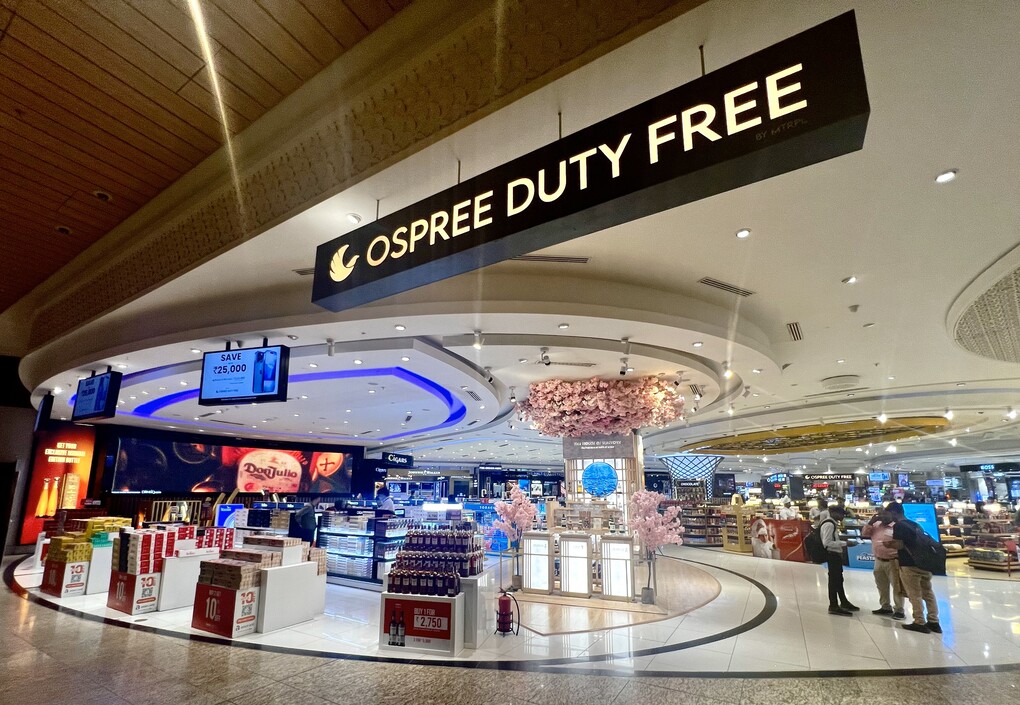























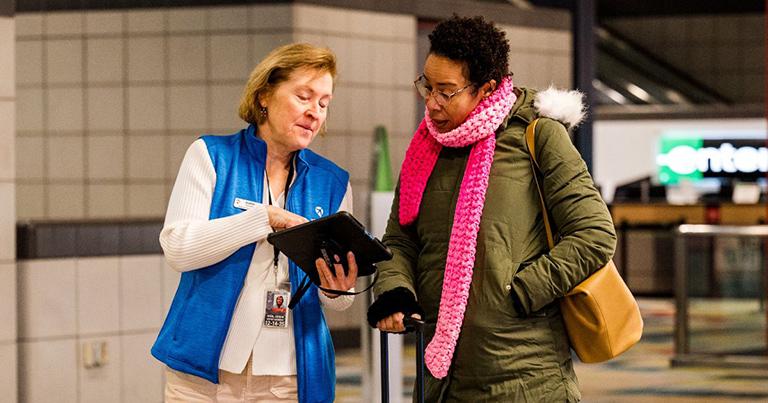

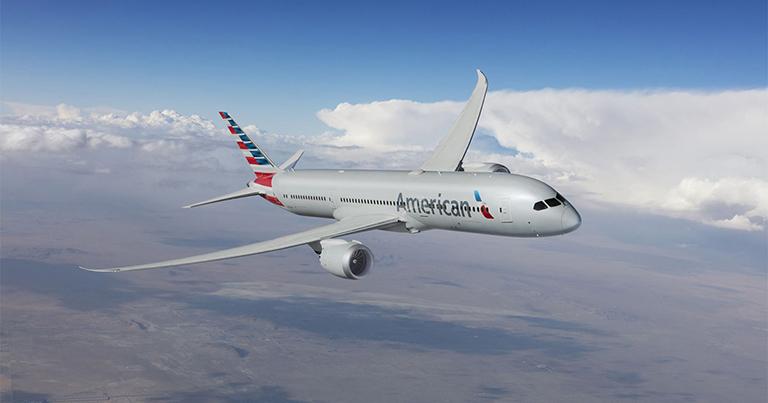

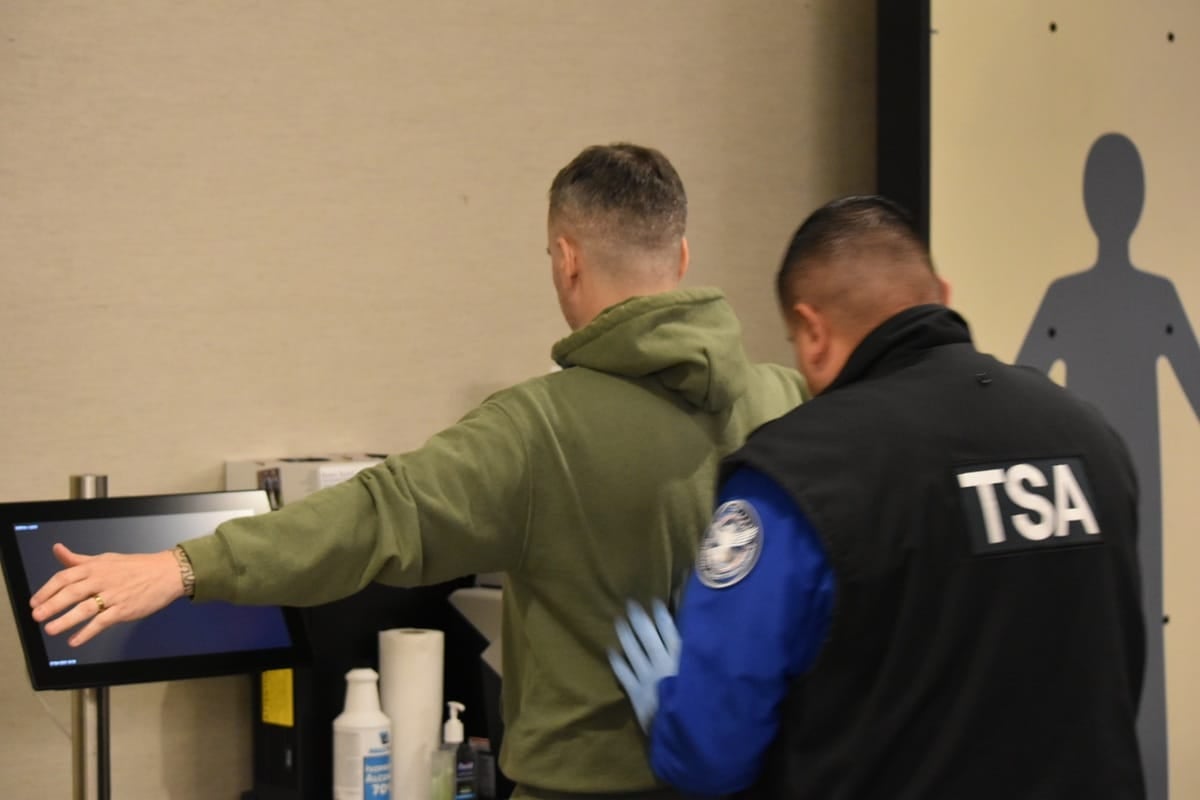

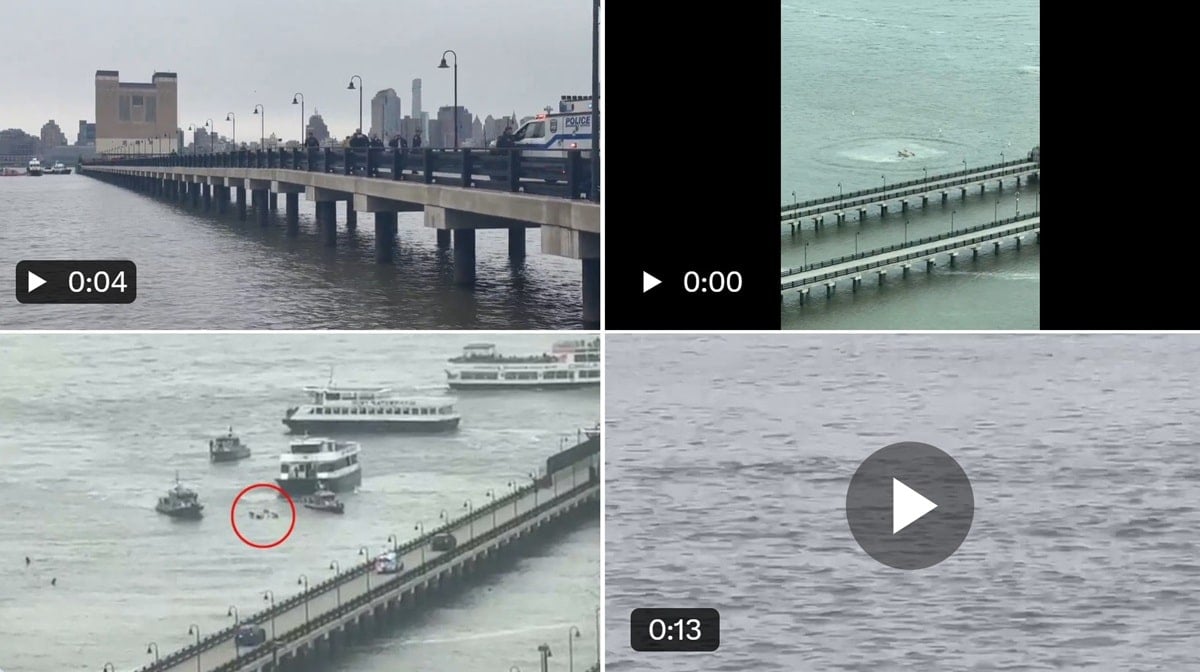












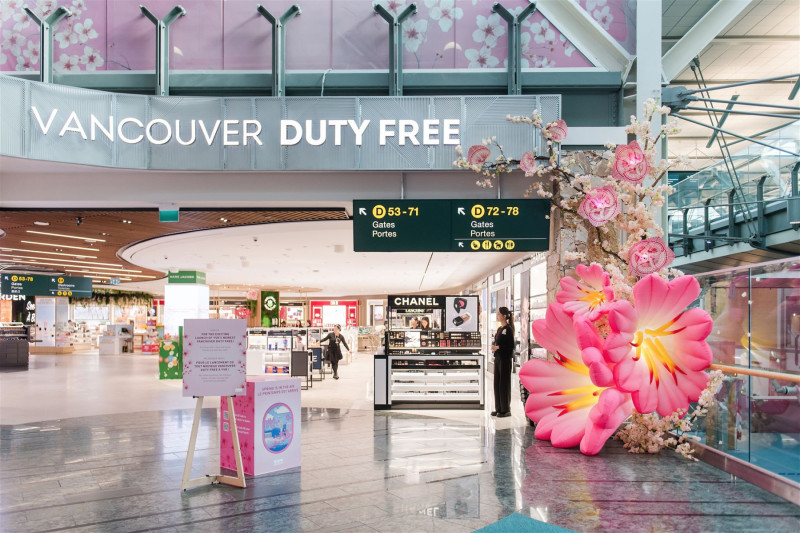





























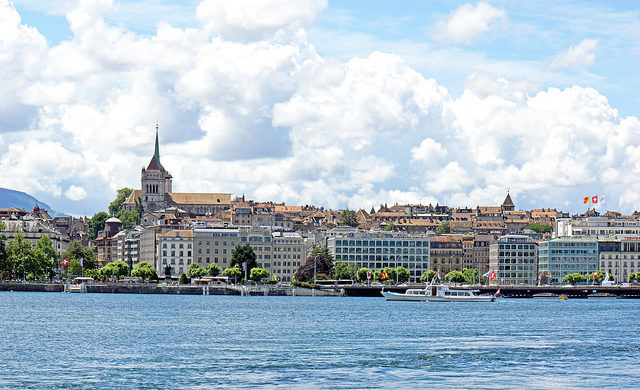
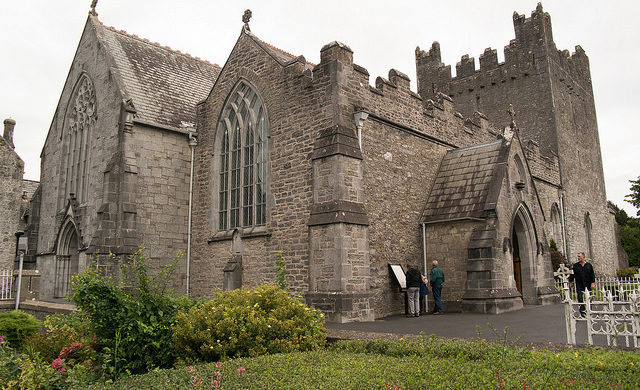

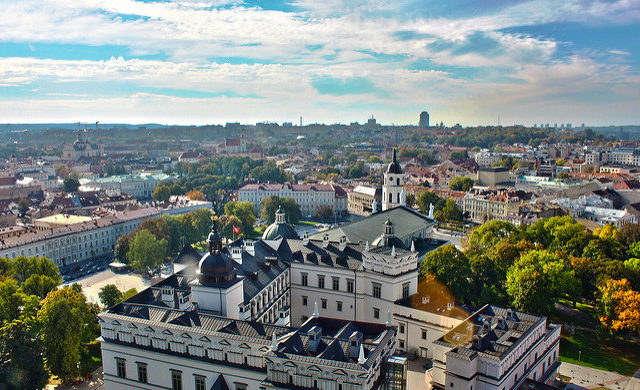















![Leaked: Elon Musk’s Jet Playbook—65°, Dim Lights, No Vents—And Full Throttle, Always [Roundup]](https://viewfromthewing.com/wp-content/uploads/2017/07/20170726_084344.jpg?#)
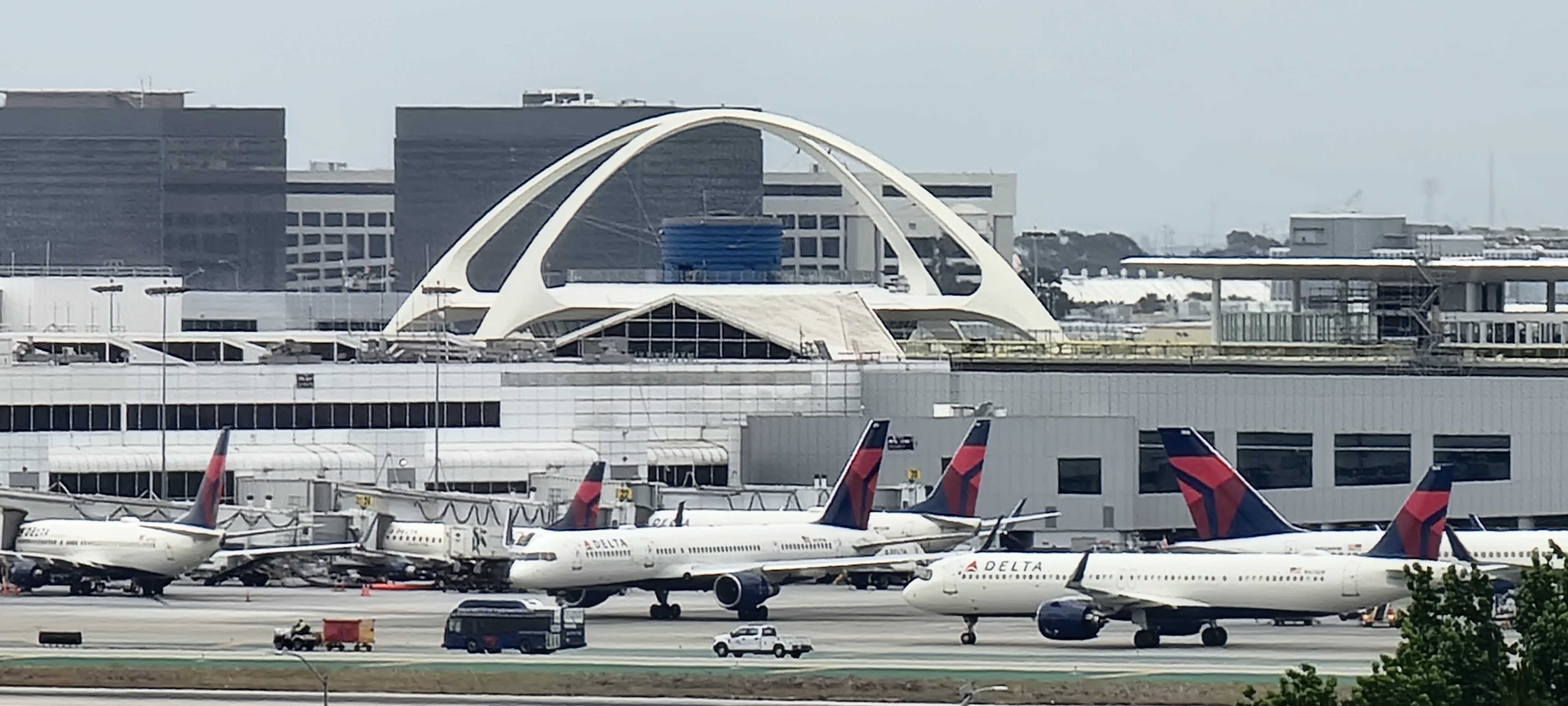
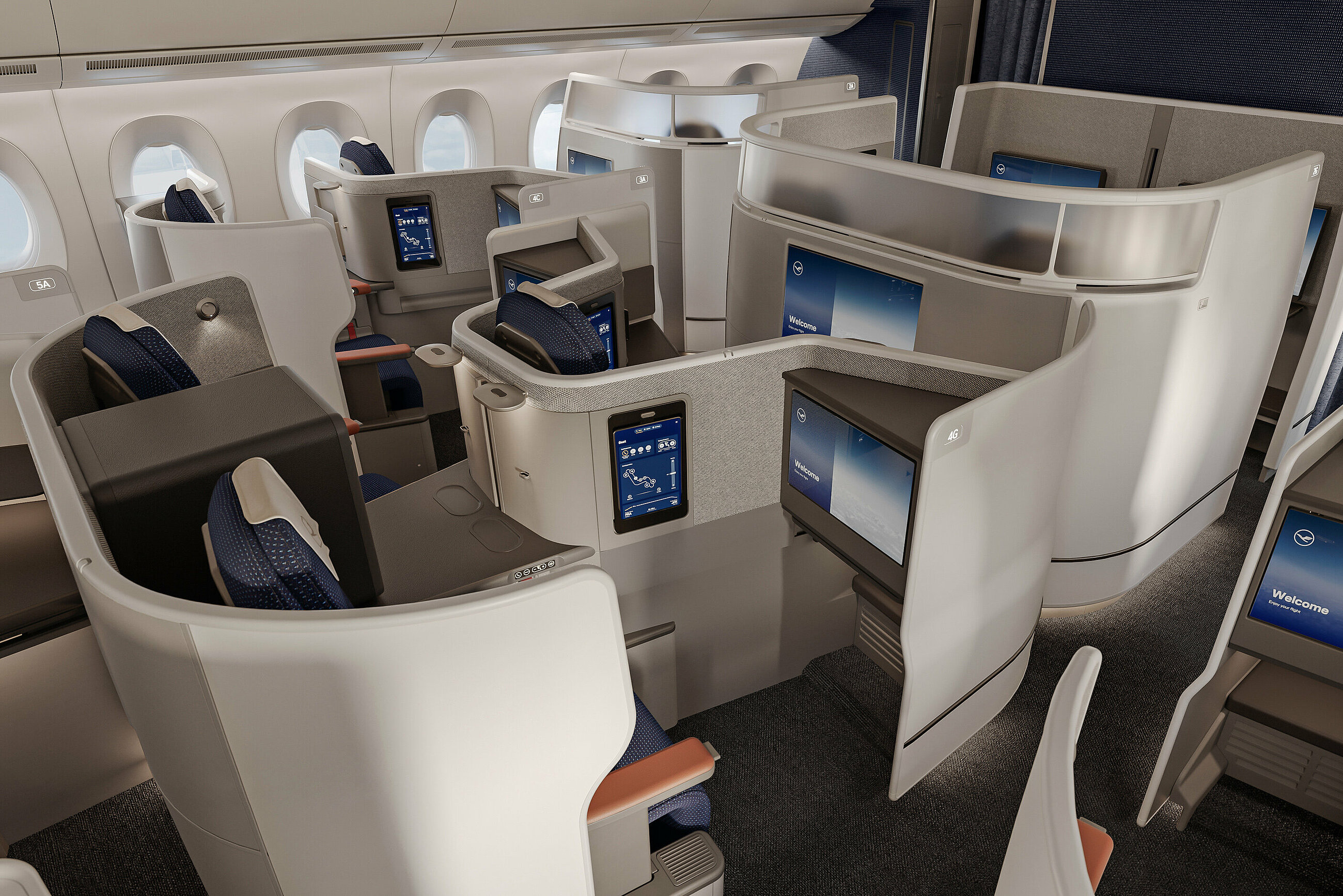
![‘I’ve Got 8 Chickens at Home Counting on Me’—Delta Pilot Calms Nervous Cabin With Bizarre Safety Promise [Roundup]](https://viewfromthewing.com/wp-content/uploads/2025/04/delta-cabin.jpg?#)






































































































